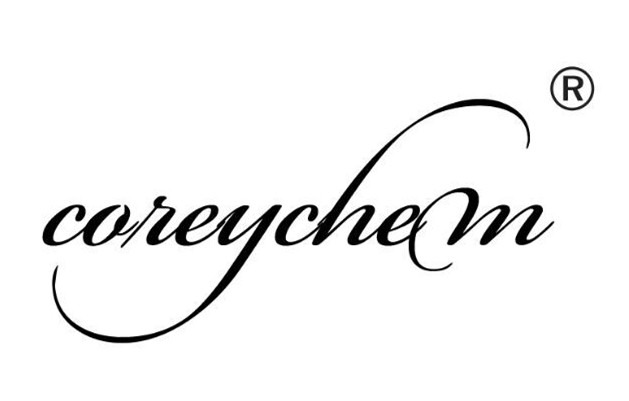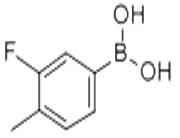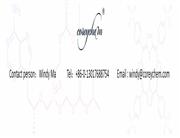| Description |
Known by the systematic name octanoic acid, Caprylic Acid is a type of beneficial saturated medium-chain fatty acid with antibacterial, antiviral, antifungal and anti-inflammatory properties, whose compounds are found naturally in the breast milk of various mammals, coconut oil and palm kernel oil. It is an oily liquid with a slightly unpleasant rancid-like smell and taste that is minimally soluble in water.
It is widely applied in various fields, one of which is used as an antimicrobial pesticide, in which it serves as a food contact surface sanitizer in commercial food handling establishments on dairy equipment, food processing equipment, breweries, wineries, and beverage processing plants. Besides, Caprylic acid is used commercially in the manufacture of esters used in perfumery and in the production of dyes. It is also used as an algaecide, bactericide, and fungicide in nurseries, greenhouses, garden centers, and interiorscapes on ornamentals. Some studies have shown that Caprylic acid is effective to excess calorie burning taken as a dietary supplement, resulting in weigh loss. |
| References |
https://en.wikipedia.org/wiki/Caprylic_acid
https://pubchem.ncbi.nlm.nih.gov/compound/379#section=Top
http://www.healthline.com/health/caprylic-acid-coconut-oil#overview1 |
| Chemical Properties |
Caprylic acid, CH3(CH2)6COOH, also known as hexylacetic acid,n-octanoic acid, octylie acid, and octic acid, is a colorless oily liquid fatty acid with a melting point of 16 DC. It is found in butter, coconut oil, and other fats. It is used in manufacturing drugs and dyes. |
| Uses |
Intermediates of Liquid Crystals |
| Definition |
ChEBI: A straight-chain saturated fatty acid that is heptane in which one of the hydrogens of a terminal methyl group has been replaced by a carboxy group. Octanoic acid is also known as caprylic acid. |
| Uses |
An intermediate in manufacture of esters used in perfumery; in manufacture of dyes, etc. |
| General Description |
A colorless to light yellow liquid with a mild odor. Burns, but may be difficult to ignite. Corrosive to metals and tissue. |
| Safety Profile |
Moderately toxic by intravenous route. Mildly toxic by ingestion. Mutation data reported. A skin irritant. Yields irritating vapors that can cause coughmg. When heated to decomposition it emits acrid smoke and irritating fumes. |

 China
China







